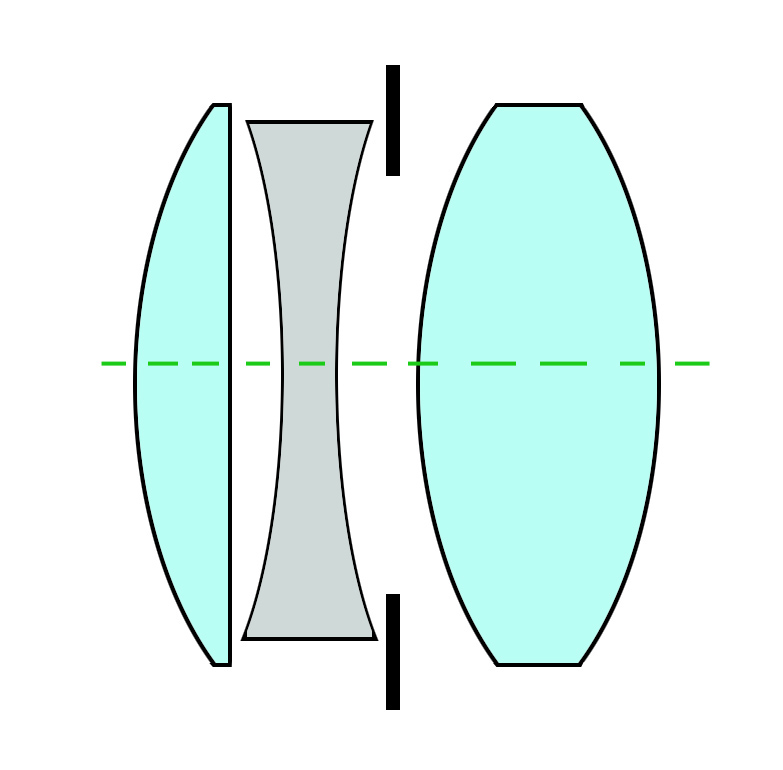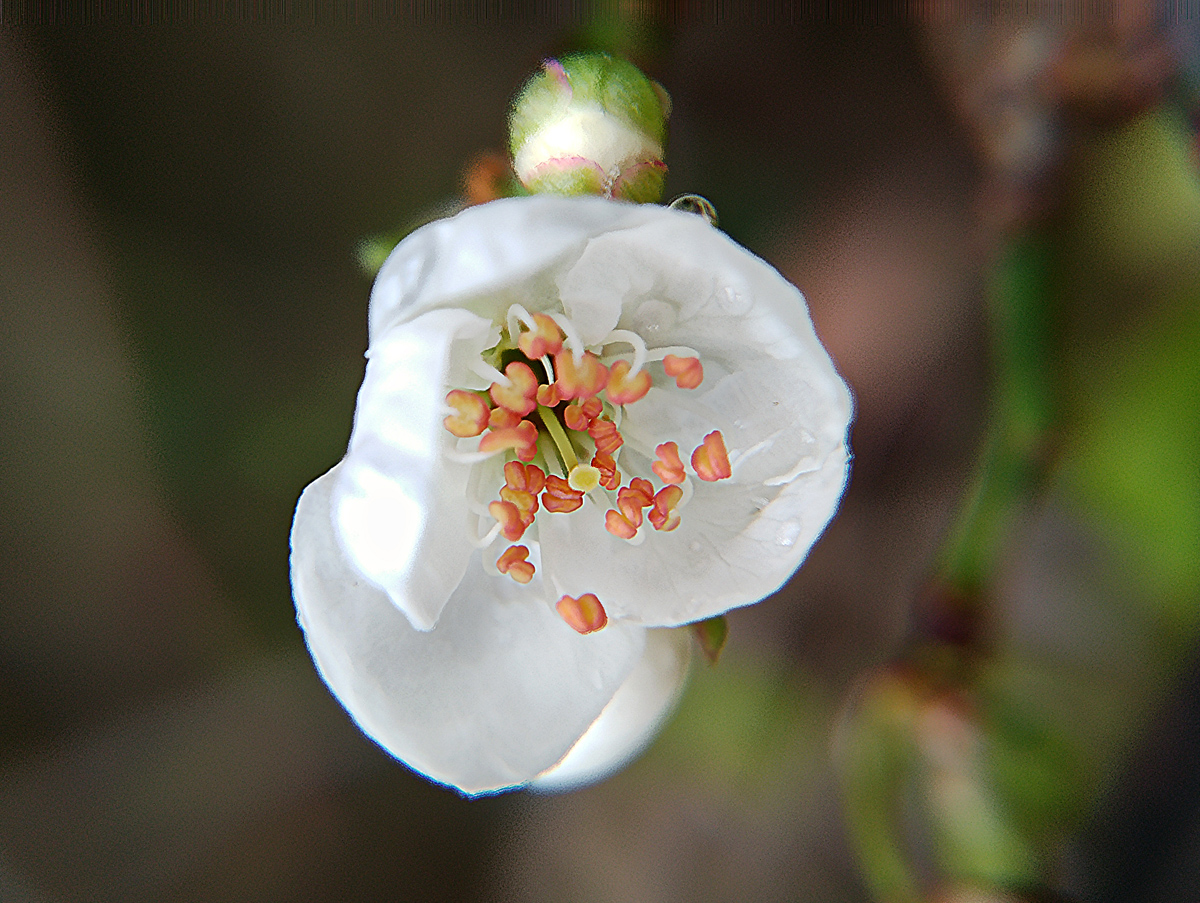|
I SPY WITH MY LITTLE LOUPE |
||
|
|
||
| Why buy and use a Loupe A loupe is a high quality magnifying device normally constructed by using two (doublet) or three (triplet) lenses. Most people associate their use with jewellers, but in fact - they are wonderful to own by people who love nature or who keep pets, birds, pigeons, fish, or people who wish to look at their world in greater detail. Unlike a microscope, they are portable, immediately accessible, and need no special skills to utilise. Perhaps of greater importance is that they are relatively inexpensive and can be used in conjunction with cell phone cameras. As you can see from the image on the right, a variety of loupes are easily available from microscope sellers or from Amazon on line. Having tested many ordered online, I have to warn you that many are inferior, magnify less than advertised and some are virtually unusable due to aberration and distortion through poorly manufactured optics. Book I have to say straight away, this article is a summary piece to try and whet your appetite and hopefully encourage you to buy a loupe and my new booklet and then get out there this spring into the sunshine. Take your loupe. Next time you look at those beautiful flowers growing all around us, you can whip out your trusted high quality loupe and enjoy the exquisite engineering of nature in fine detail. |
 |
|
 |
Here's my booklet. Twenty-four full colour pages approx. A4 size. Cost is about £7.00. It covers everything you need to buy a high quality loupe for around £18.00, explains which one to get and why, and advises you on how to get the best use of it and what to look at. UK & European buyers can purchase it here USA buyers can purchase it here One of the main sections in the booklet guides you into taking highly detailed photographs with your cell phone coupled to your loupe. The image on the right (a tiny lawn daisy) was taken using the methods discussed. It might seem like overkill to write a booklet on using such a simple device but by reading it, you'll soon discover how not to be duped by bad advertising, and you will take much better photos following my advice. All the photos in this small article were taken through a 10x Triplet Loupe. |
 |
|
|
||
| The honey bee above is alive and sitting on top of our hive in our garden. I held the loupe to my cell phone and fired a burst shot. This photograph is the result. Bear in mind, this subject was taken on the fly. I made no preparation what-so-ever. And this is the beauty of the loupe. You can carry it discreetly in your pocket and when you see something interesting, have it ready for action in seconds. The original
photograph is larger than
A4 size at 300 DPI. That's my 10x loupe on the right completed with twin LED lights. The image below was formed by taking a photograph through the loupe and then moving it right a tiny amount and taking a second shot. If you stare at the two images cross-eyed and concentrate until a third phantom image forms between the two, the eye of the needle will push put from the screen towards you in a kind of 3D hologram. The thread is actually fine fishing line. |
|
|
 |
||
|
|
||
 |
||
| Children | ||
| Young people will find a loupe easier to use than a microscope. A good one costs from £16 to £35. I suggest you pay no more and no less for one. The diameter of the loupe lens should be 18 mm or greater and x10 is about the best magnification to use. Higher magnifications means less field of view and as it's difficult to keep an image still beyond 10x - it provides the best experience for children and adults. {Right}- Arrangement of the three lenses in a triplet loupe. |
 |
Below The flower in the image below is very tiny. it is one of many growing on a small bush next to our house. I have no idea what the plant is but the flower seen close up is a delicate and beautiful thing. Children will delight in such detail of things they often only glimpse at and take for granted. A loupe can be an indispensable tool when removing splinters from tiny people's skin. |
 |
||
| I hope this convinces you to now go buy a 10x loupe. And perhaps you'll find my booklet a useful companion to using the loupe well and to achieving images like theses. | ||
| Mol Smith | ||

